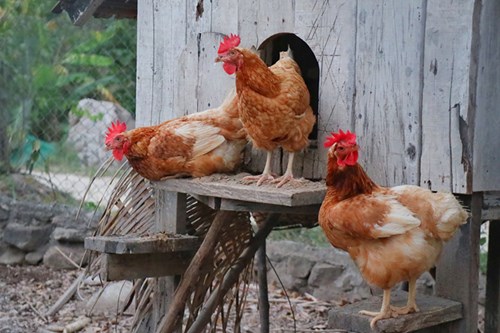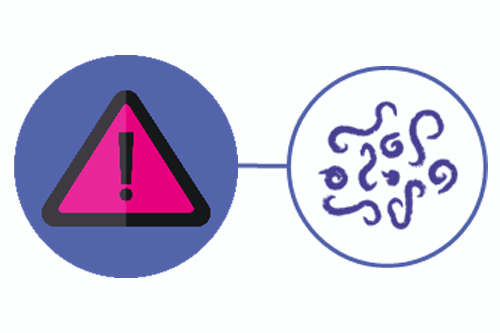Parasites Affecting Birds & Poultry An Overview

Parasitic infections, including worm infestations, are becoming much more prevalent in backyard flocks and are now one of the more common diagnoses to consider with unthrifty birds. Clinical signs to look out for include:
- general unthriftiness
- poor growth and development of young birds
- diarrhoea
- decreased egg production
- tucked up/hunched appearance
- death in severe cases
High parasite burdens also make the flock more susceptible to other diseases such as a viral challenge.

ENDO - INTERNAL PARASITES OF Birds & Poultry
Avian Internal Parasites include Nematodes, Cestodes and Coccidia. The four types of internal parasite that effect poultry include:
-
Nematodes – roundworms that live primarily in the bird’s guts. In poultry these include Ascaridia (roundworms), Amidostomum anseris (gizzard worm), Capillaria (hair or threadworm), Heterakis (caecal worm) and Syngamustrachea (gape worm) which lives in the windpipe.
-
Cestodes – species of tapeworm such as Raillietina spp., Amoebotaenia sp., Choanotaenia spp., Davainea spp. All types of flat worms that can reside in the gastrointestinal tract.
-
Protozoa such as Coccidia – a microscopic parasitic organism usually Eimeria spp. in poultry
-
Fluke – such as Collyriclum faba (liverfluke) that forms cysts in the skin around the anus and Prosthogonimus macrorchis (the oviduct fluke). Both fluke and tapeworm are more common in backyard poultry as they require intermediate hosts.
Above we have listed some of the more commonly seen parasites of hens and other poultry but this is certainly not exhaustive. Interactions with wild birds and other vectors such as insects, worms, slugs and snails mean there is a wide range of potential for parasitic infection. Testing regularly gives us useful information and means we can treat these effectively.

Use the links below to find out more about each parasite, how to help prevent infection and treatments: